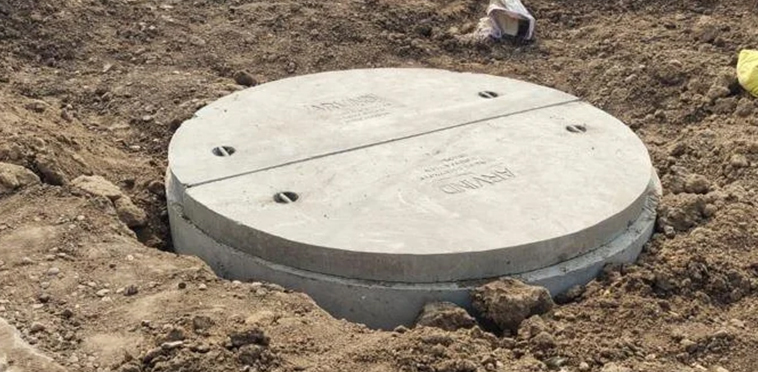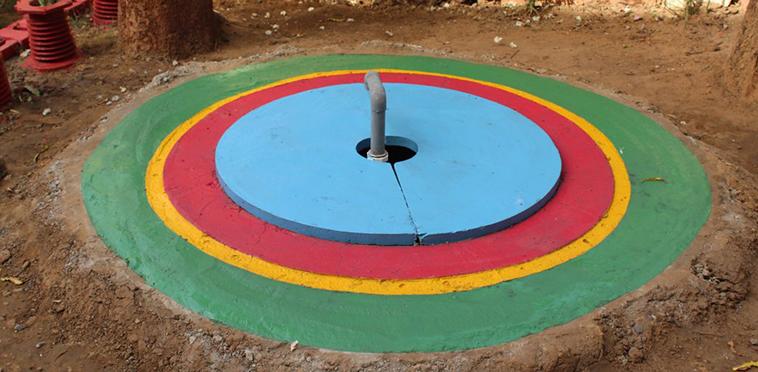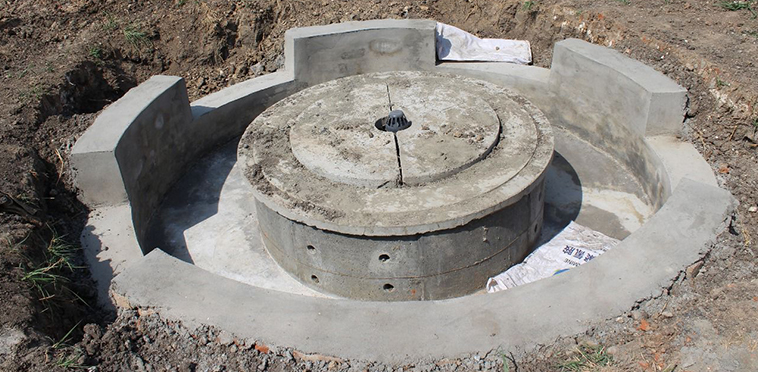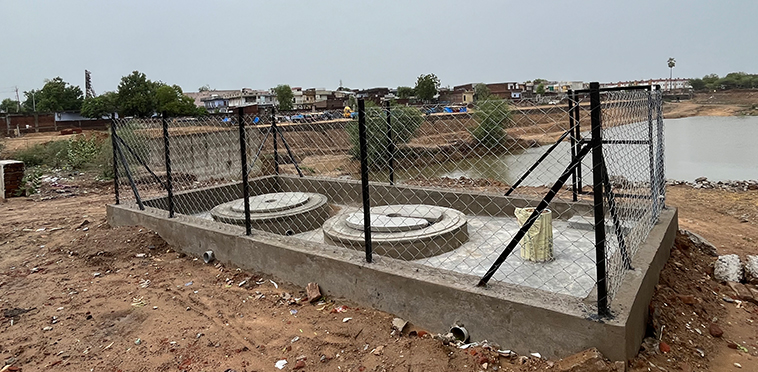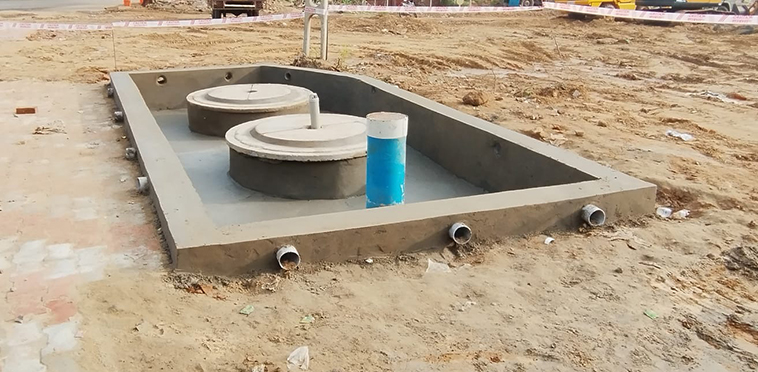Description
Product details
Hume Type Rainwater Harvesting Manufacturer in Gujarat Rainwater harvesting using Hume pipes is a practical and efficient method to collect and store rainwater for various purposes like irrigation, groundwater recharge, and even for domestic use. Hume pipes, also known as reinforced concrete pipes, are commonly used in construction for water drainage systems. Here’s a basic guide on how you can implement rainwater harvesting with Hume pipes: Site Selection: Choose a suitable location for installing the Hume pipes. This could be a sloping area where rainwater naturally flows or near the roof of a building to collect runoff. Design: Plan the layout of the Hume pipes considering factors like the area’s rainfall patterns, the amount of water needed, and the available space for installation. Installation: Dig Trenches: Dig trenches according to the planned layout to accommodate the Hume pipes. The depth of the trench depends on the pipe’s size and the intended use of harvested water. Lay Pipes: Place the Hume pipes in the trenches with a slight slope towards the desired collection point. Connect the pipes using the appropriate fittings. Inlet and Outlet: Install inlet pipes to direct rainwater into the Hume pipes and outlet pipes to channel harvested water to storage tanks or recharge pits. Filtration: Install filters at the inlet to remove debris and sediments from rainwater, preventing clogging of the pipes and ensuring the quality of collected water. Storage: Depending on the scale of the project and the intended use of harvested water, you can store it in underground tanks, above-ground tanks, or recharge pits. Ensure proper sealing and filtration to maintain water quality. Maintenance: Regular maintenance is essential to ensure the efficiency and longevity of the system. Inspect pipes for any damage or blockages, clean filters periodically, and repair any leaks promptly. Usage: Utilize the harvested rainwater for various purposes like irrigation, washing, and toilet flushing. Install appropriate distribution systems to deliver water where needed. Monitoring: Keep track of rainfall patterns, water levels in storage tanks, and usage to optimize the system’s performance and make necessary adjustments. By implementing rainwater harvesting with Hume pipes, you can contribute to water conservation efforts and reduce reliance on traditional water sources, especially in areas prone to water scarcity or erratic rainfall. Features and Benefits Modular design The system is designed with modular components, allowing for easy customization and scalability to fit the specific needs of your property. Durable construction The tanks are made of reinforced concrete, which is strong and long-lasting, ensuring that the system will operate smoothly for years to come. Large storage capacity RCC modular rainwater harvesting systems can store a large amount of water, making them ideal for properties with high water demands. Self-cleaning mechanism Some RCC modular systems have self-cleaning mechanisms that remove debris and sediment from the harvested rainwater, ensuring that the water is clean and safe for use. Increased property value Installing an RCC modular rainwater harvesting system can increase the value of your property, while also demonstrating your commitment to sustainability and environmental responsibility. Reduced flooding Harvesting and storing rainwater can help reduce flooding in the local area, especially during heavy rainfall.


